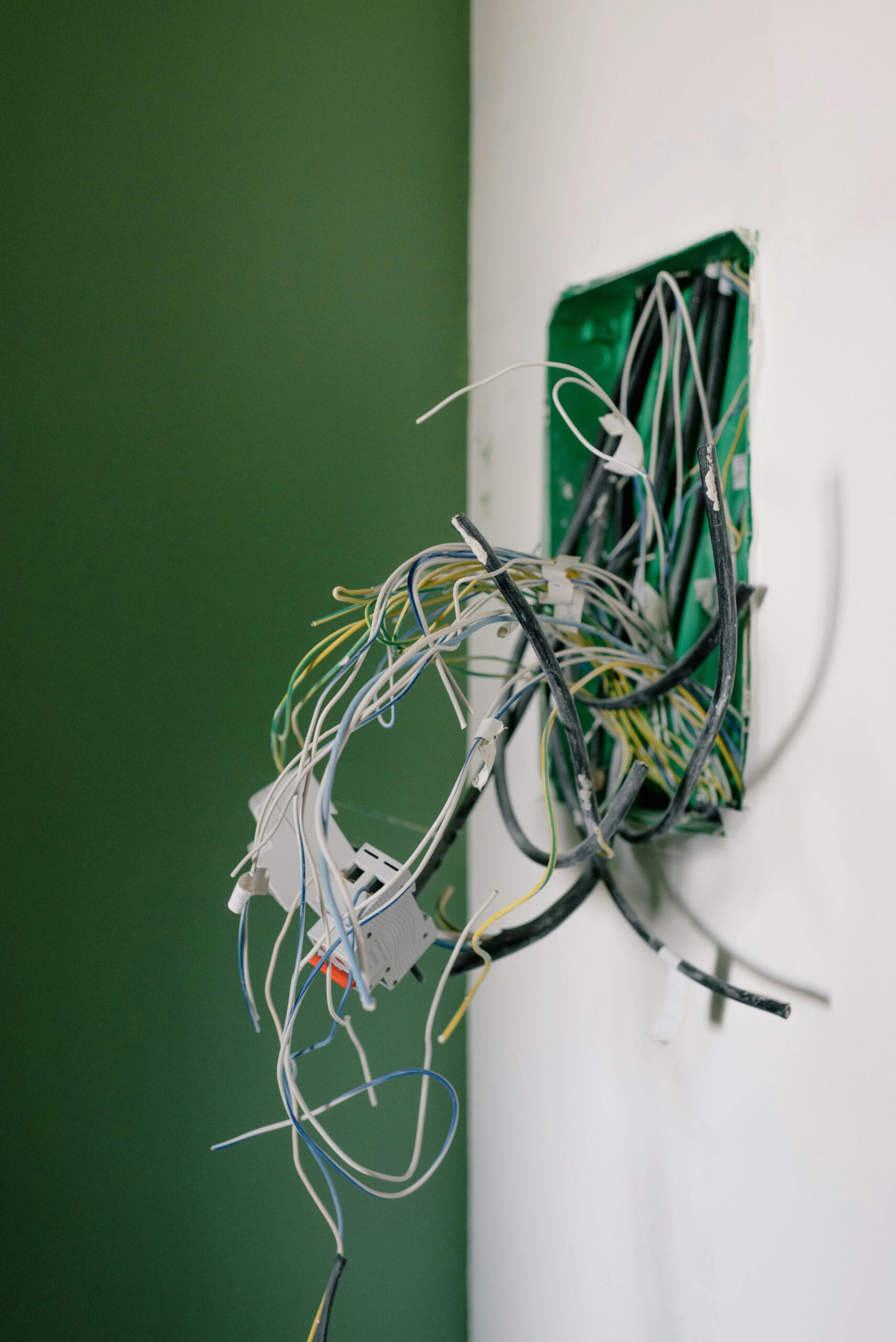Introduction:
Voltage, often referred to as electric potential difference, stands as a fundamental concept in the realm of electrical engineering and physics. It plays a pivotal role in powering our homes, electronic devices, and the myriad technologies that shape our modern world. In this article, we delve into the intricacies of voltage, exploring its definition, measurement, importance, and the role it plays in delivering electricity to our everyday lives.
Defining Voltage:
Voltage, denoted by the symbol “V” and measured in volts (V), is the electric potential difference between two points in an electrical circuit. It represents the force that drives electric current, analogous to the pressure in a water pipe that propels the flow of water. In essence, voltage is the energy per unit charge that propels electrons through a conductor.
Voltage Measurement:
Voltage is measured using a device called a voltmeter, typically connected across the points between which the potential difference is to be measured. The unit of measurement, the volt, is named in honor of Alessandro Volta, an Italian physicist who invented the voltaic pile, an early form of the electric battery.
Key Concepts:
- Potential Difference:
- Voltage is often described as the potential energy per unit charge. The greater the voltage between two points, the more energy is available to move electric charges.
- Analogous to Gravity:
- Analogous to how an object falls due to gravitational potential energy, electrons flow in a circuit due to the potential difference created by voltage.
- Voltage Sources:
- Voltage is supplied by various sources, including batteries, generators, and power supplies. These sources convert other forms of energy into electrical potential energy.
- Ohm’s Law:
- Ohm’s Law, a fundamental principle in electrical engineering, relates voltage (V), current (I), and resistance (R) in a circuit through the equation V = IR.
Importance of Voltage:
- Powering Devices:
- Voltage is the driving force behind the operation of electronic devices. It provides the energy needed to move electrons through circuits, powering everything from light bulbs to smartphones.
- Electric Power Distribution:
- High-voltage transmission lines are used to efficiently transport electricity over long distances. Transformers adjust voltage levels for distribution to homes and businesses.
- Electrochemical Reactions:
- In batteries, voltage is a result of electrochemical reactions. The potential difference between the battery’s terminals drives the flow of electrons in a circuit.
- Electronic Components:
- Voltage is essential for the operation of various electronic components, including transistors, capacitors, and integrated circuits. It enables signal processing, amplification, and data transfer.
- Safety Considerations:
- Understanding voltage is crucial for safety. High-voltage systems pose risks of electric shock, and proper precautions are necessary when working with electrical equipment.
Voltage Variations:
- Direct Current (DC):
- In a direct current system, voltage remains constant over time. Batteries and many electronic devices operate on direct current.
- Alternating Current (AC):
- Alternating current periodically reverses direction, causing the voltage to oscillate. AC is the standard for power distribution in homes and businesses.
- Low Voltage vs. High Voltage:
- Low-voltage systems, such as those found in electronic devices, typically operate at voltages below 50V. High-voltage systems, used in power transmission, can range from thousands to hundreds of thousands of volts.
Conclusion:
Voltage stands as a fundamental force driving the marvels of modern technology and power distribution. Its influence extends from the batteries in our handheld devices to the power lines that span continents. By grasping the concept of voltage, individuals gain insight into the dynamic world of electricity, paving the way for informed decisions, efficient energy use, and a deeper appreciation of the electrified infrastructure that shapes our interconnected world.













